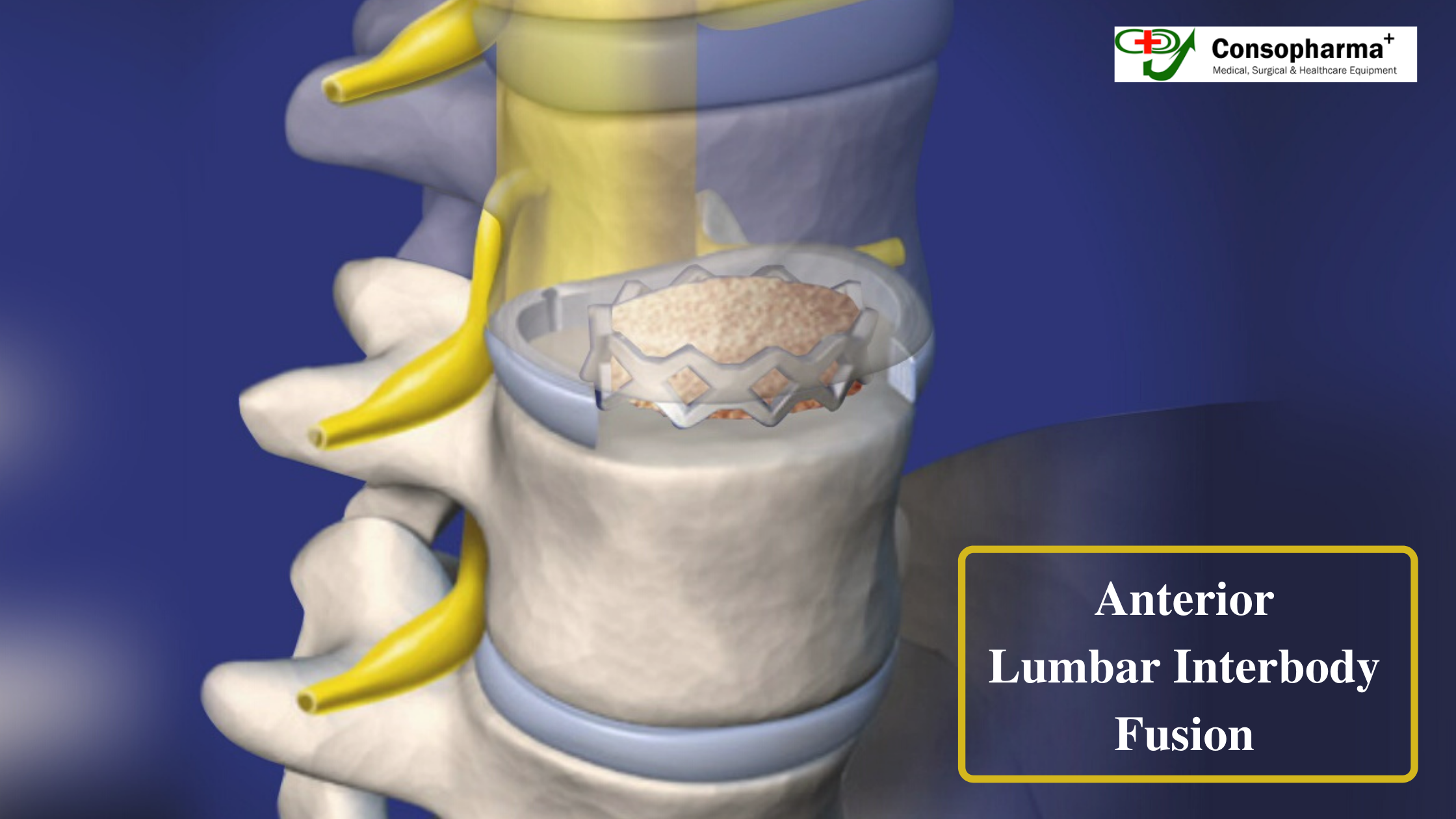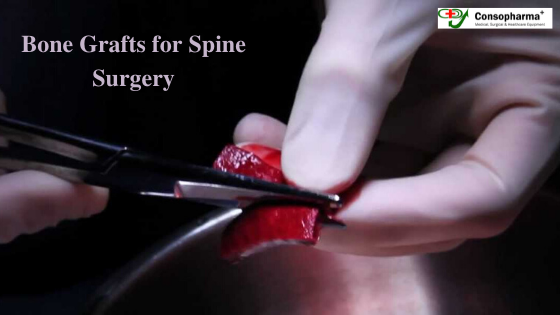Spine Compression Fracture – Symptoms,Diagnosis,and Treatments

A spinal compression fracture is a condition where the vertebral body in the spine collapses, leading to deformation and pain in the spine (primarily affecting the thoracic spine). This is commonly seen in people suffering from osteoporosis, affecting 750,000 people annually, and 25% of women during their postmenopausal phase in the U.S. Other causes could be through car accidents, sports, a hard fall, etc. Even metastatic tumors in the region can eventually lead to a damaged spine, weakening the vertebral body.
Symptoms
The symptoms of a spine compression fracture include: –
- Back pain and strain in the spine affecting its mobility.
- Increase in pain when standing or walking, whereas a decrease in the intensity when lying down on the back.
Diagnosis
Following are the various techniques that the doctors use to diagnose this condition: –
1.X-Ray: This shows the vertebral outline, the joints, bone alignment, disc generation, and body spurs.
2.CT scan: This is a computer-generated image, which shows the shape and size of the spinal canal and the contents around it. CT scan is done in conjunction with myelography to get a detailed understanding.
3.MRI: This technology produces images in 3D, giving a detailed reading of the spine, the nerves, and contents around it. It can also help detect tumors and degeneration of the bones.
4.DEXA: This can help detect differences in the bone mass or density, hence easily identify conditions like osteoporosis.
Treatments
The treatment for spine compression fracture needs to undertaken by an experienced doctor only for quicker recovery. Here are the various treatments available.
a. Non-surgical treatments:
1.Over the counter pain medications: Acetaminophen and nonsteroidal anti-inflammatory drugs (NSAIDs)
2.Muscle relaxants: Opioids (1-2 weeks) for acute pain.
3. Back bracing: There are plenty of back supports that can be resourceful in this condition.
4.Bone strengthening drugs: Bisphosphonates (Actonel, Boniva, and Fosamax) to help stabilize or restore bone loss.
b. Surgical treatments:
Surgical treatment of this condition requires sourcing the necessary equipment from orthopedic instrument suppliers.
1.Vertebroplasty: This treatment is undertaken with the guidance of an x-ray. A needle containing specially formulated acrylic cement is injected into the affected vertebra. The cement hardens, strengthening the fractured spine.
2.Kyphoplasty: This technique is similar to vertebroplasty, except that a balloon is used to for increasing the height of the bone that has collapsed, later the gaps left by the balloon are filled with cement.
In order to make sure that proper treatment of the condition is done, doctors rely on quality equipment supplied by cervical implants suppliers. These vendors are also spine implant suppliers and cater to the needs of the doctors for quality equipment.




